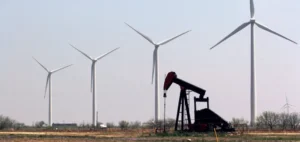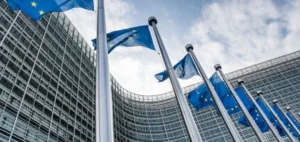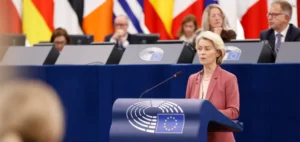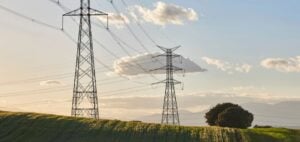The British government has announced that the CBAM, similar to that of the EU, will be implemented one year after the introduction of the European mechanism. The scheme is designed to tax imports of iron, steel, aluminum, ceramics and cement, bringing the UK into line with the EU’s decarbonization efforts. The obligation to purchase CBAM certificates in the EU will begin in 2026.
Concerns of British Industry
According to UK Steel, the UK steel industry’s trade body, while CBAM can create a level playing field for carbon pricing, the timetable should match that of the EU. UK Steel expresses concern about the risk of high emission steel being dumped in the UK from 2026, when the EU’s CBAM comes into force.
Impact on market and trade
The current timetable could result in a diversion of high-emission steel, currently exported to the EU, to the UK. This could put pressure on British steel prices, especially as safeguard quotas on imports will end in 2026, exposing the UK steel industry to waves of imports.
Call for Mutual Recognition
UK Steel advocates mutual recognition between UK and EU CBAM policies and Emissions Trading Schemes (ETS) to avoid trade restrictions. Around 75% of the UK steel industry’s exports, totalling 2.55 million tonnes, are destined for European markets.
The specifics of the UK CBAM will be the subject of further consultation in 2024, including the precise list of products concerned. The UK is also considering establishing a framework for measuring the carbon content of goods.
The UK’s introduction of CBAM represents an important step in its decarbonization efforts, aimed at aligning the carbon prices of imported products with those of locally produced products, while taking into account the commercial and industrial implications.
An infographic illustrating how the UK’s carbon adjustment mechanism works.
A photo of the British steel industry, representing a key sector impacted by CBAM.






















